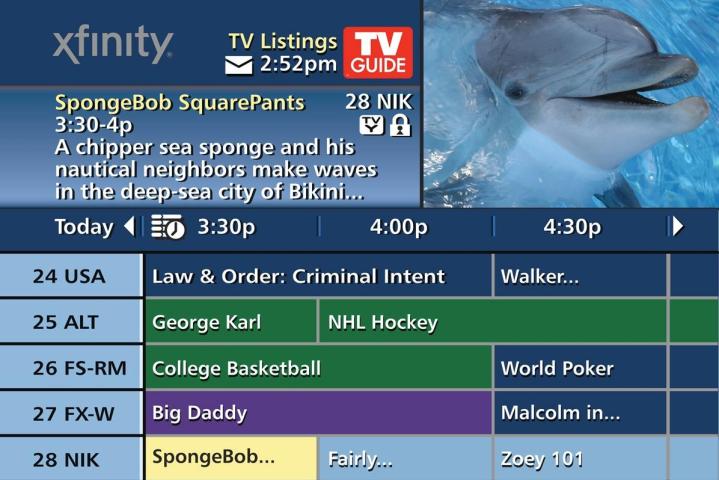
How many times have you caught yourself shaking your head in disapproval, uttering that played-out joke about how you’ve got hundreds of channels, but there’s nothing to watch? It turns out, that’s not just an overused expression: According to the Nielsen Company’s forthcoming “Advertising and Audiences Report,” the average U.S. television-watching home today has access to 189 TV channels. That number is a record high and represents a serious bump up since 2008, when the average was 129 channels. But viewing habits don’t seem to have changed a whole lot as a result; the study also indicates that consumers consistently stick to watching just 17 channels on a regular basis. As Nielsen puts it, “more content does not necessarily equate to more channel consumption.”
So why do so many of us continue to pay for a bunch of channels we don’t really want to watch? The answer is buried within the complicated structure that is the existing Pay-TV paradigm – the one that has cable companies wanting nothing to do with so-called “a la carte TV.”
You may be surprised to learn that, in many markets, ESPN accounts for nearly $5.00 of the average cable bill. Because everyone wants popular channels like ESPN and Discovery, they are highly valued, and cable companies have to shell out big money for them. To recoup those costs, cable companies have to bundle popular channels with a bunch of less popular channels. Your Hallmark, Lifetime and Food Network channels represent costs of pennies on the dollar. But in an all-or nothing system, every network benefits.
Say, for example, that your cable company were to offer the Discovery channel a la carte for the price of $10.00 a month. Now let’s suppose there were 1 million subscribers in your city, but only 200,000 of them actually wanted Discovery. Under an a la carte model, that would mean that Discovery channel would pull in $2 Million. Not bad, right? But force the entire 1 million subscriber base to purchase a bundle of channels in order to get at the Discovery network, and now that revenue soars to $10 Million. If you’re running a business, which model would you pick? Plus, if consumers were given the option of going a la carte and paying for precisely the channels they want, smaller networks would inevitably drown without the big boys tugging them along.
Still, with important players betraying more and more interest in alternative business models, the TV industry seems to be poised on the brink of a monumental overhaul. HBO says its ready to go Internet-only when the time is right, ESPN has been considering a similar Internet-based TV service, and earlier this year, Verizon swept in to capture Intel’s cable-threatening OnCue set-top box for between $200-$500 million.


